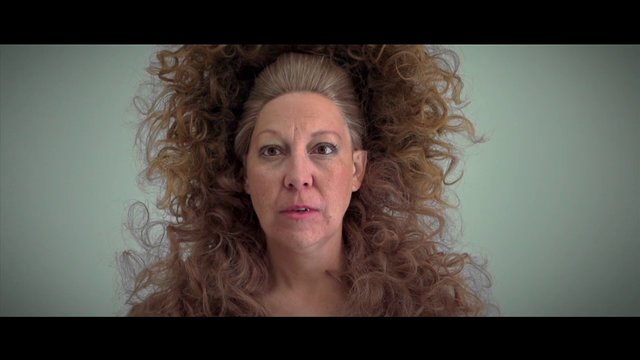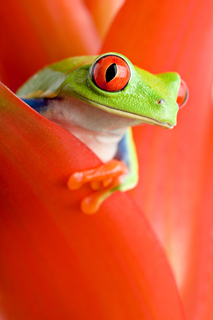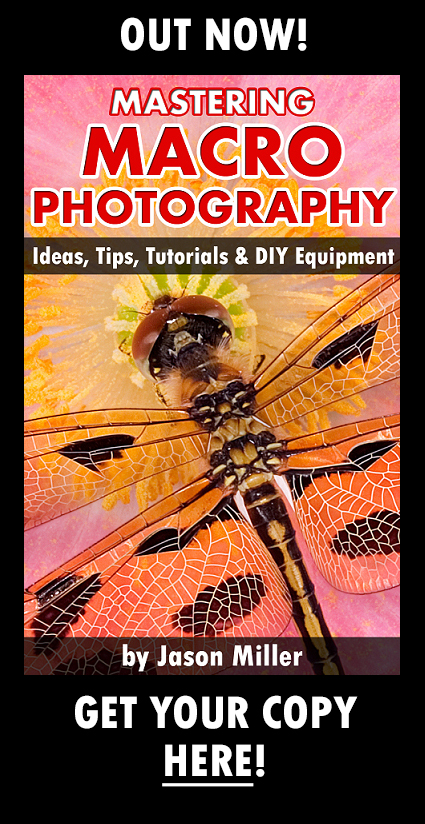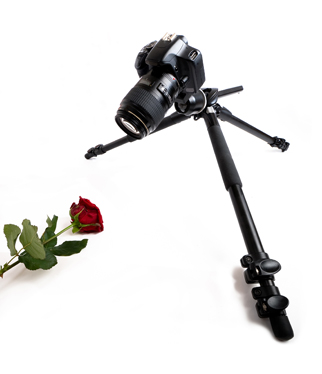My Experiences with Macro Photography by JohnHPhotography
By: JohnHPhotography
I have always had a great interest in animals such as Insects and Arachnids. I find photographing these small but sometimes large creatures brings me great joy. Macro photography can be quite a challenge, it’s the hardest genre I shoot so getting a shot that I think is ‘Good’ is a great personal achievement in my eyes.
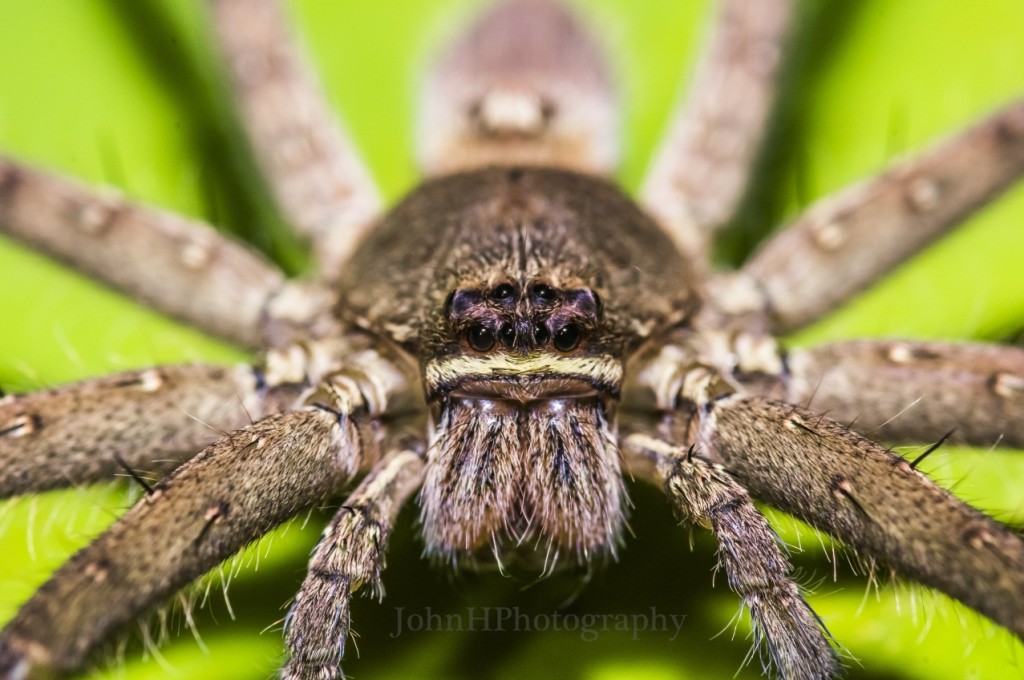
Pentax KR + 100mm Macro WR 1/30 F16 ISO 400
This Huntsman spider was found on a banana leaf in Thailand. It didn’t move very much other than to clean its feet. I got some shots of the spider from different angles/perspectives and then decided to move on. About 30 minutes later I decided to come back to it out of curiosity just to see if it was still there and amazingly it was, that’s when I got this shot.
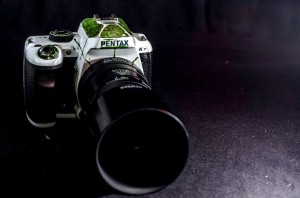
Pentax KR + 100mm Macro WR lens
A lot of my macro work has been taken with the Pentax KR + 100mm Macro WR lens. They have both done a very good job in capturing images, however at the time of writing this article I have just upgraded to the K5IIs.
As we all probably know, macro gear can be very expensive. Lenses range from £250 to £1900!! Macro flashes are not cheap either. I luckily managed to get hold of this fantastic Pentax 100mm Macro WR for £350 used. Still, that is expensive and yes there are cheaper alternatives.
This here is a 28mm Yashica F2.8 lens reversed onto some extension tubes. All together those two cost me just £20!! I should mention the brown tape is there to just secure the lens to the extension tubes and also to stop light from the flash guns.
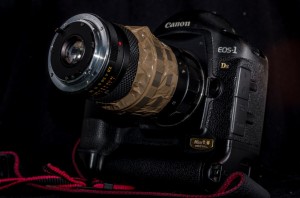
A 28mm Yashica F2.8 lens reversed onto some extension tubes
With this setup I am able to achieve a higher magnification ratio than I can with my Pentax 100mm. I find it best to use this lens at F16 which is applied via the aperture ring on the lens itself. When this is done the viewfinder becomes darker because there is less light entering (continuous light source also recommended). Due to the very little amount of light, it is also recommended to use an external light source such as flash guns. I use Yongnuo 560ii’s, two of them. Very cheap, very robust and a great step into the world of flash photography.
When taking a picture, I have one flash mounted to the camera’s hot shoe and the second flash I hold in my left hand. The second flash I use as a ‘Slave’ so it fires automatically when the mounted flash goes off. Two light sources give a more even distribution with fewer shadows. However, one flash can also achieve some great results. The Huntsman spider at the top was taken with a single flashgun.
The setup below is demonstrating how I would use the flash guns. With a flash on the top I can then hold the other flash in my left hand and decide where exactly it should be. Note the other flash is diffused, this causes less shadows from the left hand side.
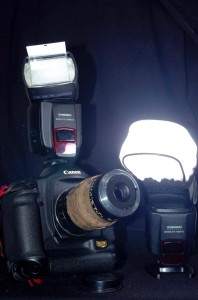
This setup demonstrates how I would use the flash guns
Comparison (Pentax 100mm Macro lens VS the Yashica 28mm)
Now I’m going to show you a comparison between the Pentax 100mm Macro lens VS the Yashica 28mm reversed with extension tubes. *Please note I have used the Pentax K5iiS. This is APS-C while the Canon 1Ds MKii is Full Frame so the Pentax does have the 1.5x crop.
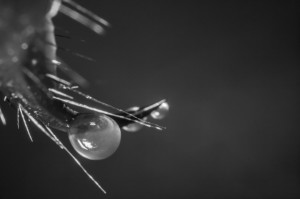 Canon 1Ds MKII & 28mm Yashica reversed with extension tubes
|
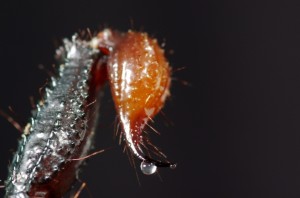 Pentax K5IIs & Pentax 100mm Macro WR
|
I had the Pentax 100mm lens at a magnification ratio of 1:1 and that was as close as I could get. That is still very close indeed, however the much more affordable option can get in even closer! I have not cropped any of the pictures. I did find myself to be so close that I could not fit everything in! If you start using this kind of setup you will notice that sometimes even a small subject may become too big.
Next I’m going to show you what differences extension tubes really make by showing you a comparison of the 28mm lens with and without extension tubes.
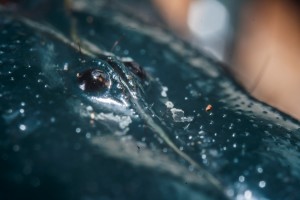 This image was taken with the 28mm and extension tubes setup. I have focused on the scorpions eyes which are very small. As you can see the magnification ratio is far greater than the other two. |
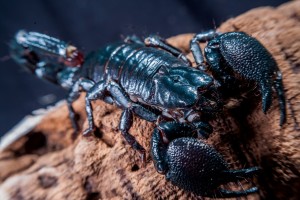 This next image we have the same 28mm lens, reversed but without extension tubes. Here you can see what a massive difference those tubes do. |
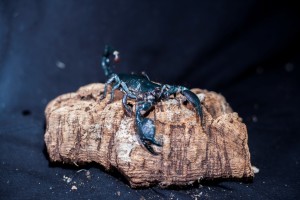
Finally we have the third image which was shot on standard Canon 50mm prime lens. This was shot at its minimum focusing distance.
So to conclude, all in all (not including the camera)the 28mm setup cost £100 in total. That includes the lens, extension tubes and 2 flashguns. I think if you’re serious about getting into photography of any kind, flashguns are just something great to learn and own anyway. For macro photographers this two light setup is far cheaper than a Canon or Nikon macro flash. It is tricky at first though, you will need lots of practice with using the 28mm setup. But like I said earlier, if you’re happy with the end result, then it’s all worth it.
Here are a few pictures I have taken using the Canon 1Ds mkII and the 28mm setup and also some pictures using the Pentax KR and 100mm WR.
Macro Photos with a Canon 1Ds mkII & Reversed 28mm





Macro Photos with a Pentax KR & 100mm



See more @ www.500px.com/JohnHPhotography
You may also be interested in these articles –
1. Reversing a Lens for Macro Photography


